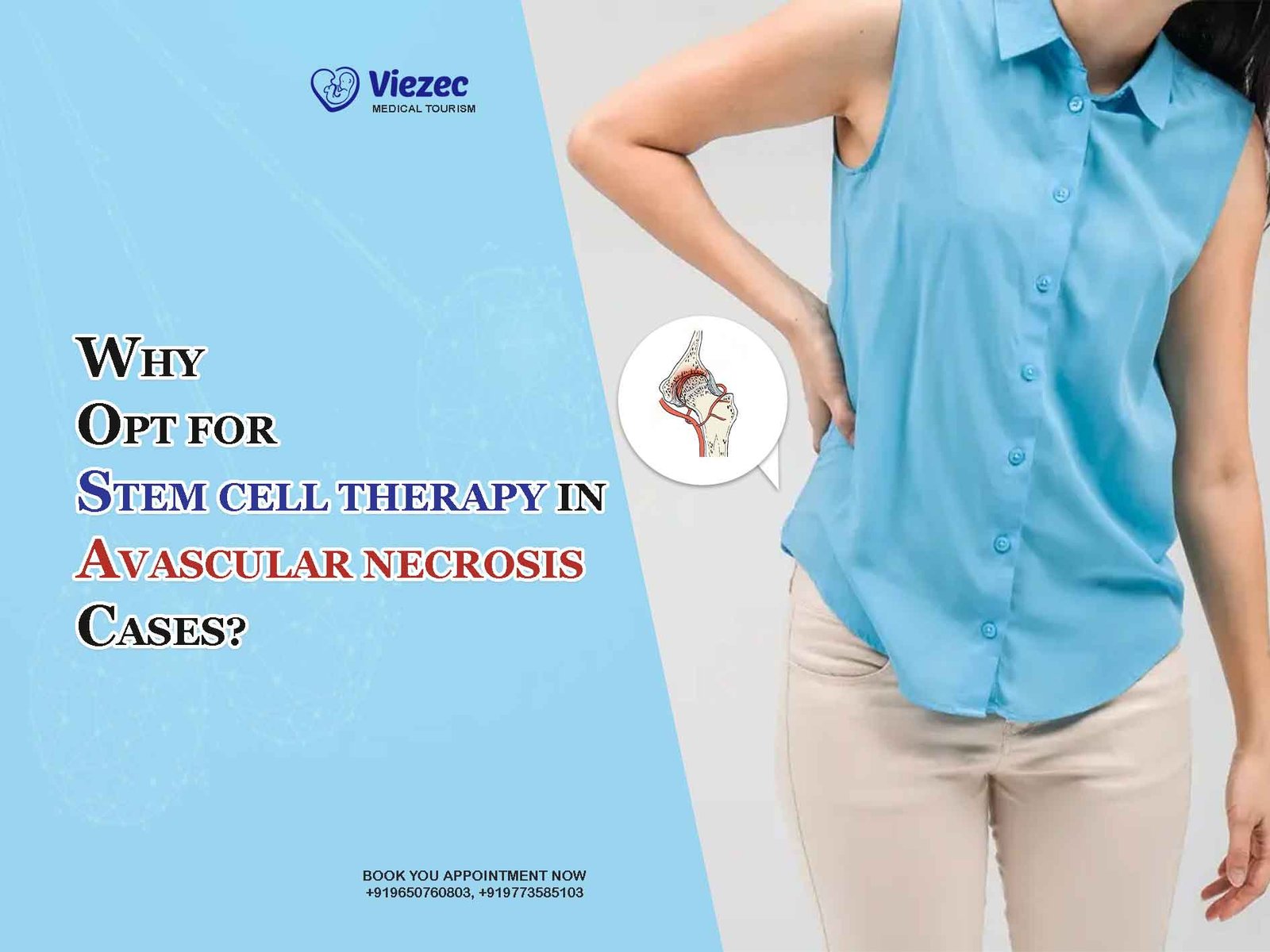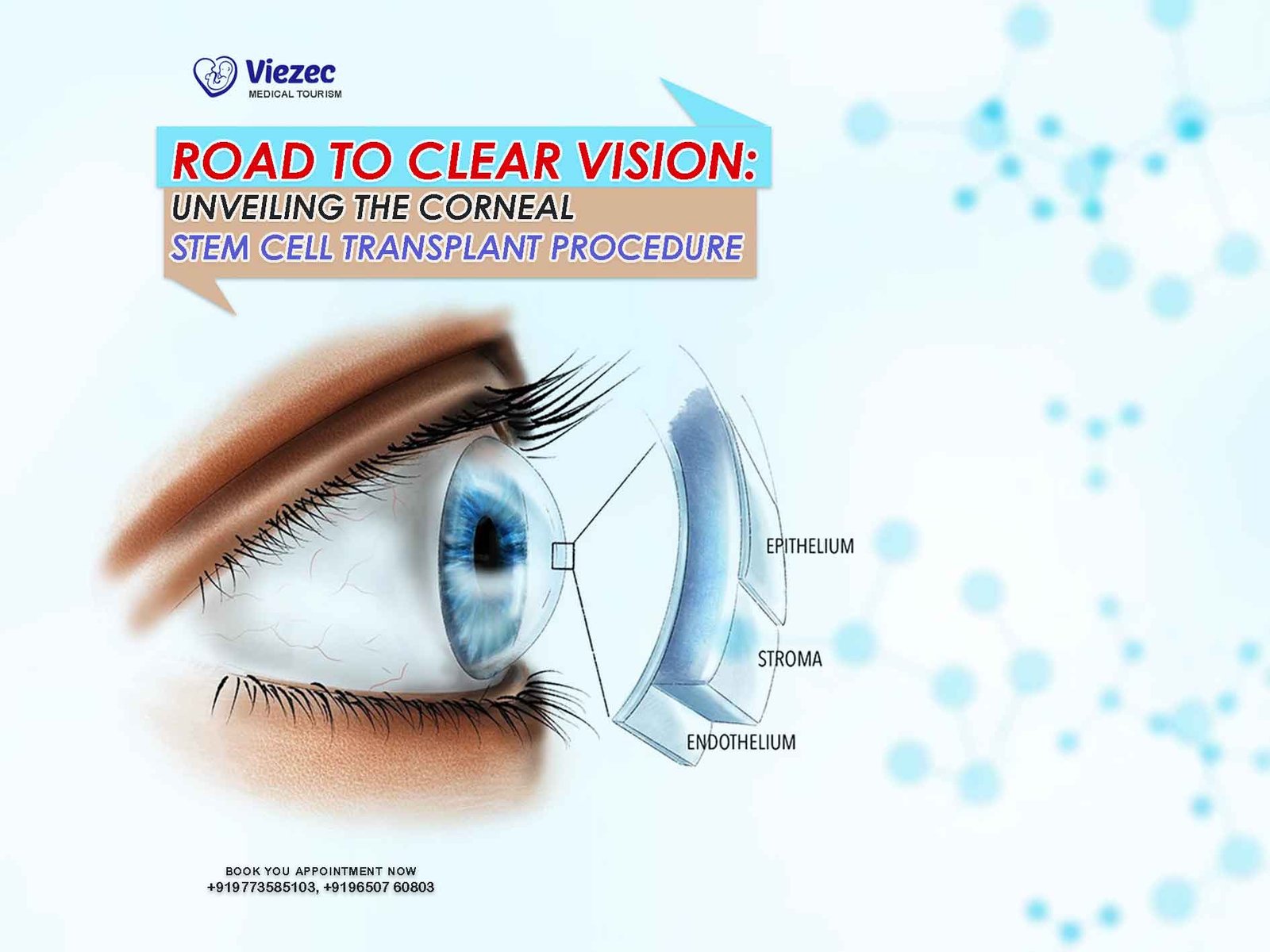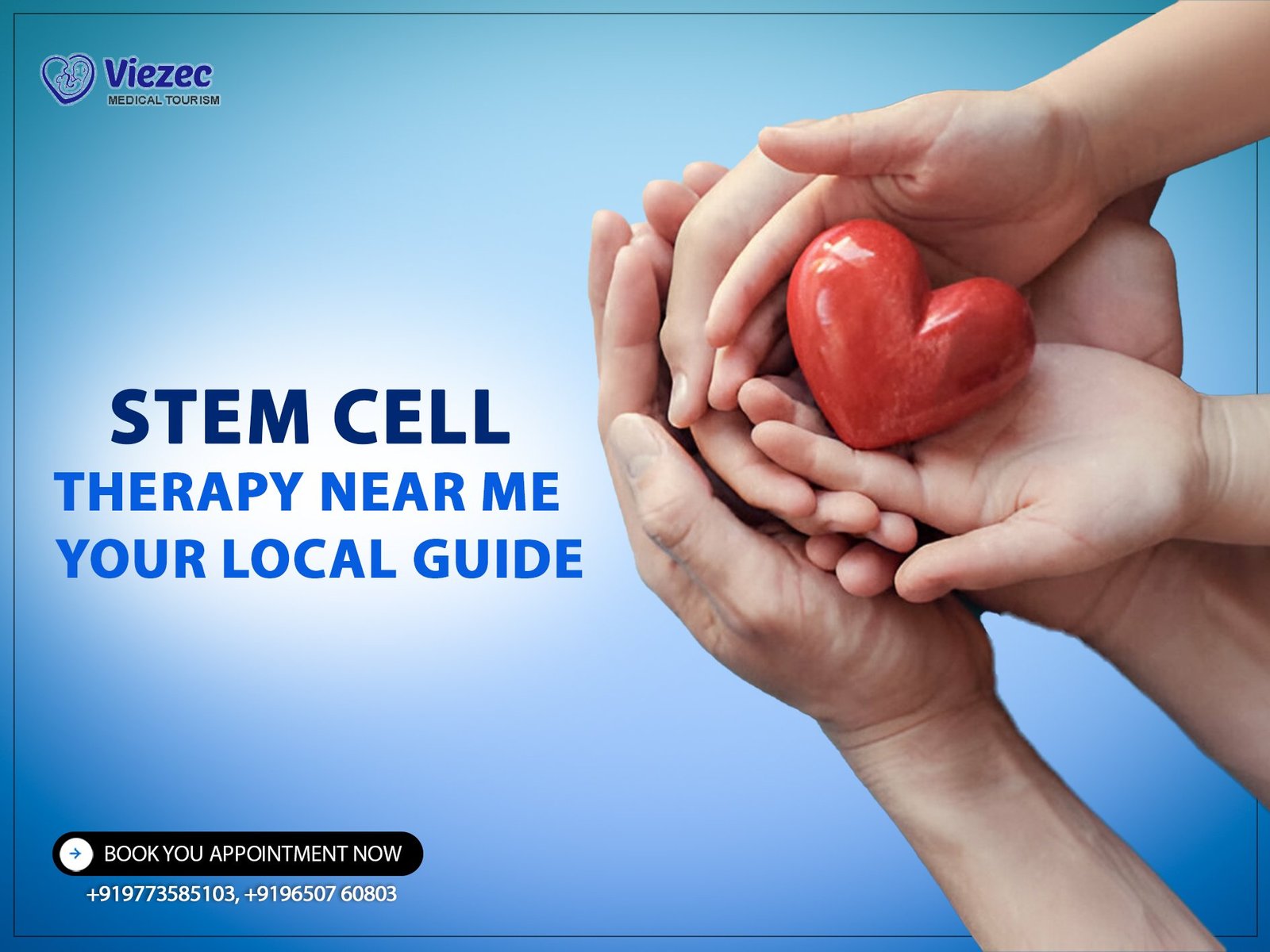Avascular necrosis (AVN), also known as osteonecrosis, is a debilitating condition characterized by the death of bone tissue due to the lack of blood supply. This condition primarily affects the hip joint, although it can also occur in other joints such as the knee, shoulder, and ankle. AVN poses a significant challenge in orthopedic treatment due to its progressive nature and limited options for effective intervention. Traditional treatment methods such as medication, physical therapy, and surgical interventions have limitations in halting the progression of AVN and restoring the affected joint’s functionality. However, advancements in regenerative medicine, particularly stem cell therapy, offer promising alternatives for managing AVN and improving patient outcomes.
Understanding Avascular Necrosis
Pathophysiology of Avascular Necrosis
Avascular necrosis develops when the blood supply to a bone is disrupted, leading to cellular death and subsequent structural collapse. Various factors can contribute to this ischemic insult, including trauma, prolonged steroid use, excessive alcohol consumption, and certain medical conditions such as sickle cell disease and lupus. The compromised blood flow deprives the bone tissue of oxygen and nutrients, triggering a cascade of events that culminate in tissue death.
Clinical Presentation and Diagnosis
Patients with avascular necrosis often experience pain, limited range of motion, and progressive joint dysfunction. The clinical presentation varies depending on the affected joint and the extent of tissue damage. In the early stages, symptoms may be subtle or absent, making early detection challenging. Imaging modalities such as X-rays, magnetic resonance imaging (MRI), and computed tomography (CT) scans are essential for diagnosing AVN and assessing the extent of bone involvement.
Limitations of Traditional Treatment Approaches
Conservative Management
Conservative treatment approaches for AVN typically focus on pain management, reducing weight-bearing stress on the affected joint, and preserving joint function. Nonsteroidal anti-inflammatory drugs (NSAIDs), analgesics, and physical therapy may provide symptomatic relief but do not address the underlying pathology. Moreover, prolonged use of medications can have adverse effects, and physical therapy may not prevent disease progression in advanced stages of AVN.
Surgical Interventions
Surgical interventions for AVN aim to preserve joint function, relieve pain, and delay the need for joint replacement surgery. Core decompression, vascularized bone grafting, and osteotomy are among the surgical procedures commonly performed in AVN cases. While these interventions can alleviate symptoms and potentially slow disease progression, they are not always successful, especially in advanced stages of AVN where significant bone collapse has occurred. Joint replacement surgery remains the final option for patients with end-stage AVN, but it entails risks and may necessitate revision surgeries over time.
Role of Stem Cell Therapy
Mechanisms of Action
Stem cell therapy holds immense promise in the treatment of avascular necrosis by harnessing the regenerative potential of mesenchymal stem cells (MSCs). MSCs are multipotent cells capable of differentiating into various cell types, including osteoblasts, the cells responsible for bone formation. When administered into the site of injury, MSCs can home to the damaged tissue, modulate the local microenvironment, and promote tissue repair through several mechanisms:
- Differentiation: MSCs can differentiate into osteoblasts, replenishing the pool of bone-forming cells and aiding in the regeneration of necrotic bone tissue.
- Paracrine Effects: MSCs secrete a myriad of bioactive molecules such as growth factors, cytokines, and extracellular vesicles that exert anti-inflammatory, anti-apoptotic, and pro-angiogenic effects. These paracrine factors modulate the immune response, promote tissue remodeling, and stimulate the recruitment of endogenous progenitor cells to the injury site.
- Angiogenesis: One of the key pathological features of AVN is impaired blood supply to the affected bone. MSCs have been shown to enhance angiogenesis, the formation of new blood vessels, which can improve perfusion and oxygenation of the ischemic tissue, thereby promoting healing and preventing further necrosis.
Clinical Evidence and Outcomes
Numerous preclinical and clinical studies have demonstrated the efficacy and safety of stem cell therapy in the management of avascular necrosis. Preclinical animal models have shown that MSC transplantation can lead to significant improvements in bone regeneration, joint function, and histological outcomes in AVN. Furthermore, clinical trials and observational studies have reported favorable outcomes following MSC-based interventions in patients with AVN, including pain relief, functional improvement, and radiographic evidence of bone regeneration.
A meta-analysis of clinical studies evaluating the efficacy of stem cell therapy in AVN found that a majority of patients experienced symptomatic improvement, with some studies reporting regression of necrotic lesions and avoidance of disease progression. While further research is needed to optimize treatment protocols, refine patient selection criteria, and determine the long-term durability of therapeutic effects, the available evidence suggests that stem cell therapy holds immense potential as a minimally invasive and efficacious treatment option for AVN.
Advantages of Stem Cell Therapy
Stem cell therapy offers several advantages over traditional treatment approaches for AVN:
- Minimally Invasive: Stem cell therapy can be performed using minimally invasive techniques, such as percutaneous injection or arthroscopic delivery, reducing surgical risks, and postoperative recovery time.
- Tissue Regeneration: Unlike symptomatic treatments that merely alleviate pain and delay disease progression, stem cell therapy aims to regenerate damaged tissue, potentially restoring the structural integrity and function of the affected joint.
- Safety Profile: Autologous MSCs harvested from the patient’s own bone marrow or adipose tissue minimize the risk of immune rejection and transmission of infectious diseases, enhancing the safety profile of the treatment.
- Customized Treatment: Stem cell therapy can be tailored to the individual patient based on disease severity, joint involvement, and comorbidities, offering personalized treatment strategies for better clinical outcomes.
Future Directions and Challenges
While stem cell therapy shows great promise in the treatment of avascular necrosis, several challenges and areas for further research remain:
- Optimization of Treatment Protocols: Standardization of stem cell isolation, expansion, and delivery protocols is needed to ensure reproducibility and efficacy across different clinical settings.
- Long-Term Follow-Up: Long-term studies are needed to evaluate the durability of therapeutic effects, assess the risk of disease recurrence, and identify factors influencing treatment outcomes over time.
- Patient Selection Criteria: Refinement of patient selection criteria based on disease stage, joint anatomy, and patient demographics is essential to maximize treatment efficacy and minimize adverse events.
- Cost-Effectiveness: Economic evaluations are necessary to determine the cost-effectiveness of stem cell therapy compared to traditional treatment modalities and its impact on healthcare resource utilization.
- Regulatory Considerations: Regulatory frameworks governing the use of stem cell therapies in AVN need to be established to ensure patient safety, quality control, and ethical standards.
Make an informed Decision
Avascular necrosis represents a significant clinical challenge with limited treatment options, particularly in advanced stages of the disease. Stem cell therapy offers a promising avenue for addressing the underlying pathology of AVN by promoting tissue regeneration, modulating the inflammatory response, and enhancing angiogenesis. While further research is needed to optimize treatment protocols, refine patient selection criteria, and establish long-term efficacy and safety, the available evidence suggests that stem cell therapy holds immense potential as a minimally invasive and efficacious treatment option for AVN. By harnessing the regenerative capacity of stem cells, clinicians can potentially improve patient outcomes, alleviate symptoms, and preserve joint function in individuals affected by this debilitating condition.









